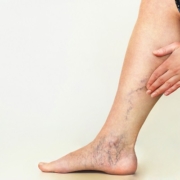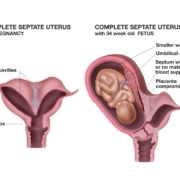Urinary Tract Infection During Pregnancy: What You Need to Know
Pregnancy brings many changes to your body, and among these are changes that can increase your risk of urinary tract infections (UTIs). Understanding how to recognize, treat, and prevent urinary tract infection during pregnancy is essential for maintaining both your health and the health of your baby. This blog explores the causes, symptoms, treatments, and preventive measures for UTIs during pregnancy.
What is a Urinary Tract Infection?
A urinary tract infection is an infection in any part of the urinary system, including kidneys, ureters, bladder, and urethra. Most infections involve the lower urinary tract — the bladder and the urethra. Women are at greater risk of developing a UTI than men, and the risk increases during pregnancy due to changes in the urinary tract.
Causes and Risk Factors
During pregnancy, the expanding uterus puts pressure on the bladder and urinary tract, which can lead to incomplete emptying of the bladder and a higher risk of infection. Hormonal changes also play a role, as they can alter the balance of bacteria in the urinary tract.
Symptoms of UTI During Pregnancy
- A burning sensation during urination
- Frequent or intense urges to urinate, even when the bladder is empty
- Cloudy, dark, bloody, or strange-smelling urine
- Pelvic pain, especially in the center of the pelvis and around the area of the pubic bone
Treatment Options
It’s important to treat a UTI during pregnancy to avoid complications such as kidney infections, which can lead to premature labor and low birth weight. Treatment typically involves a course of antibiotics that are safe for use during pregnancy. Your healthcare provider will select an antibiotic that best addresses the infection while keeping you and your baby safe.
Preventive Measures
- Drink plenty of fluids, especially water, to dilute your urine and help flush bacteria from your urinary tract.
- Wipe from front to back after using the toilet to prevent bacteria from spreading.
- Empty your bladder frequently and completely, especially before and after sex.
- Avoid irritants like harsh soaps and body washes in the genital area.
- Wear cotton underwear and loose-fitting clothing to keep the area around your urethra dry.
When to See a Doctor
If you suspect you have a UTI, contact your healthcare provider immediately. Early treatment can prevent most complications associated with urinary tract infections during pregnancy.
Conclusion
Understanding and managing urinary tract infections during pregnancy is crucial for your health and that of your baby. With the right knowledge and proactive management, you can treat and prevent UTIs and enjoy a healthier pregnancy.
Disclaimer
“The information, including but not limited to, text, graphics, images and other material contained on this website are for informational purposes only. The purpose of this website is to promote broad consumer understanding and knowledge of various health topics. It is not intended to be a substitute for professional medical advice, diagnosis or treatment. Always seek the advice of your physician or another qualified healthcare provider with any questions you may have regarding a medical condition or treatment and before undertaking a new health care regimen, and never disregard professional medical advice or delay in seeking it because of something you have read on this website.”












Leave a Reply
Want to join the discussion?Feel free to contribute!